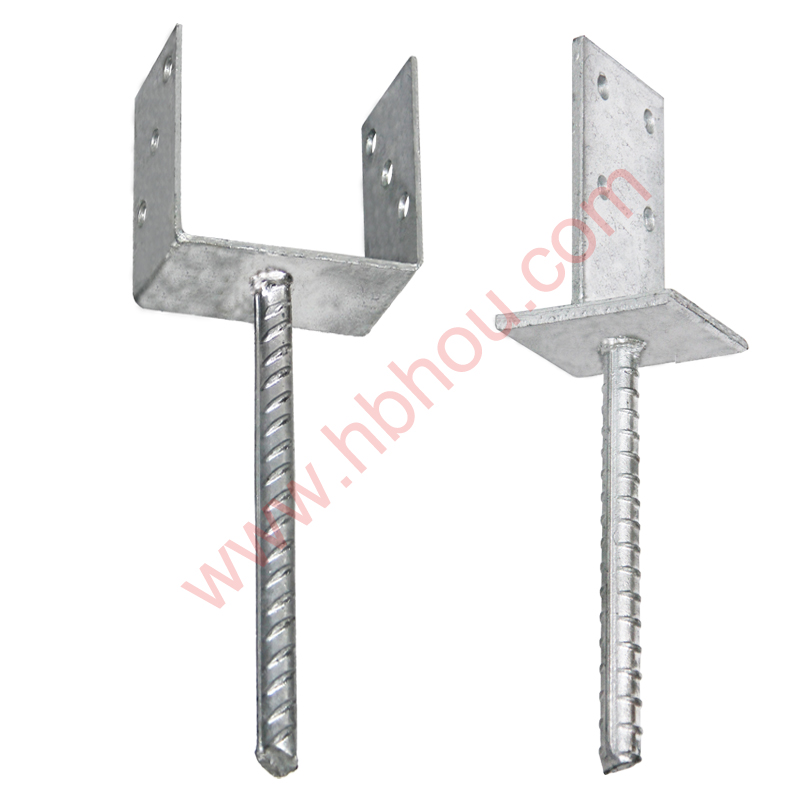Using Sand to Set Fence Posts
Setting fence posts is a fundamental step in building a sturdy and reliable fence. While many people opt for concrete to secure their posts, using sand is an effective alternative that has several advantages. This article will explore the benefits of using sand to set fence posts as well as provide a step-by-step guide for executing this method effectively.
Benefits of Using Sand
1. Flexibility and Drainage One of the biggest advantages of using sand to set fence posts is its ability to drain water effectively. Unlike concrete, which can retain moisture and lead to wood rot, sand allows water to flow freely away from the post. This drainage reduces the likelihood of post damage over time, making for a more durable fencing solution.
2. Ease of Adjustment When you set your posts in sand, it’s easier to make adjustments before the sand fully settles. If a post is slightly tilted, you can easily shift it into place before the sand hardens. This is a significant advantage over concrete, which can set quickly and may require breaking up if adjustments are needed.
3. Cost-Effectiveness Sand is generally less expensive than concrete, making it a budget-friendly option for setting fence posts. Additionally, the reduction in materials needed can lead to savings in transport and labor as well.
4. Less Labor Intensive Setting posts in sand can be less labor-intensive than using concrete. There’s no need for mixing or pouring, which can be time-consuming. Instead, you simply fill the hole with sand and tamp it down, streamlining the process.
5. Environmental Impact Sand is a more environmentally friendly option than concrete, as it does not contribute to the carbon footprint associated with concrete production. Choosing sand helps reduce overall environmental impact while still providing effective support for fence posts.
Step-by-Step Guide to Setting Fence Posts in Sand
using sand to set fence posts

1. Choose the Right Location Determine where you want to place your fence and mark the locations for each post. Use stakes and string to outline the fence line.
2. Dig the Holes Use a post hole digger or auger to create holes for your posts. The depth of the holes should be about one-third the height of the post above ground, typically around 2 to 3 feet deep, depending on the height of the fence.
3. Add Gravel (Optional) For extra drainage, you may want to place a layer of gravel at the bottom of each hole before inserting the post.
4. Insert the Post Place the fence post into the hole, making sure it's centered and straight. You can use a level to check this step.
5. Fill with Sand Gradually pour sand around the post, filling the hole. Use a tamping tool or the end of a 2x4 to compact the sand as you fill. Aim to get the sand firm enough to hold the post in place, but don’t over-compress it, as you want to maintain some drainage.
6. Check for Level After filling, double-check that the post is straight. Make any necessary adjustments and continue to tamp down the sand around the post.
7. Complete the Setup Once the sand is packed and the post is level, you can move on to installing the rest of your fence panels.
8. Curing Time Allow some time for the sand to settle before adding any stress to the post, especially when attaching fence panels.
In conclusion, using sand to set fence posts is a practical and efficient alternative to traditional concrete methods. Its benefits include superior drainage, ease of adjustment, cost-effectiveness, and lower environmental impact. By following the outlined steps, anyone can successfully set fence posts in sand, leading to a strong and lasting fencing solution.
















